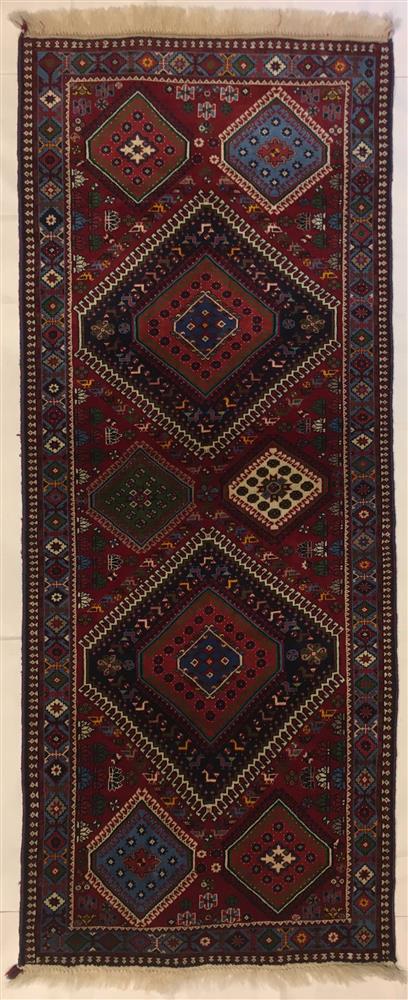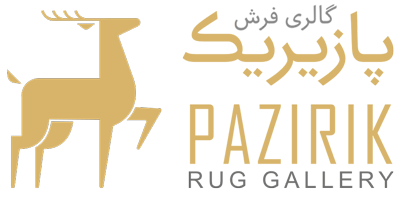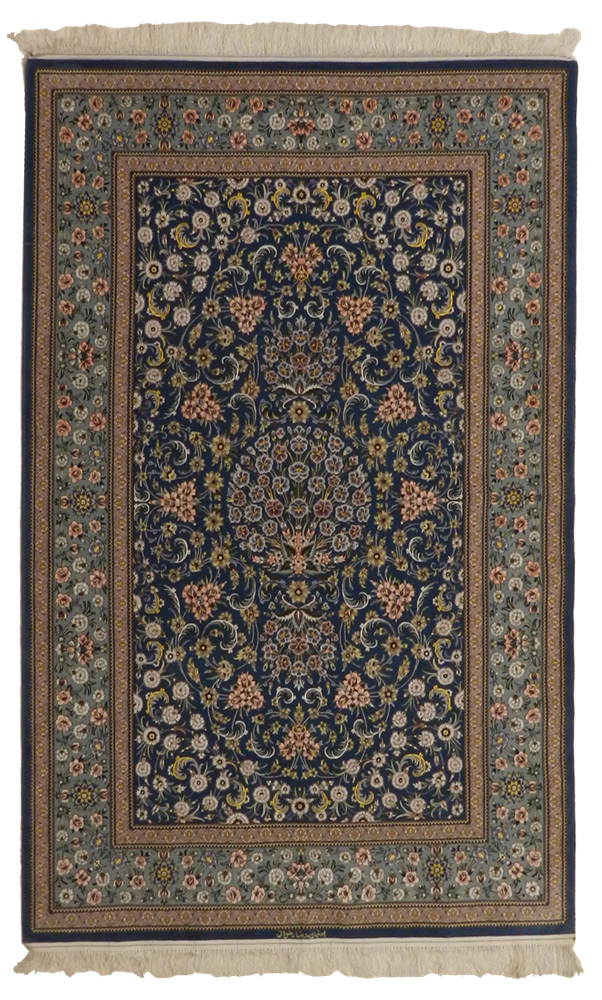Why Persian Rugs Are a Good Investment
Persian carpets, or Iranian carpets, have long been recognized as one of the world’s most valuable cultural and artistic assets. Not only are they a reflection of Iran’s rich art and tradition, they are also considered safe and profitable investments. In this article, we take a detailed look at why Persian carpets are a smart investment. Stay with us to get more information about Investing in Persian carpets.
Cultural Heritage and Unparalleled Artistic Value
One of the most important reasons that make Persian carpets a good investment is their deep cultural and artistic roots. Each Iranian carpet represents a part of the history, beliefs, traditions, and artistic creativity of different ethnic groups in Iran.
Carpets woven in Tabriz, Kashan, Isfahan, Nain, Qom, and other regions each have their own unique style, and this diversity adds to their appeal to buyers and investors.
Rarity and Increasing Demand in the Global Market
In the global art and antiques market, rarity is a key factor in determining value. Old, handmade, and authentic Iranian carpets are becoming rarer every year, as the number of skilled weavers has decreased and natural raw materials are less available.
 |
Strong Performance at International Auctions A look at prestigious global auctions such as Christie’s and Sotheby’s shows that Iranian carpets have always been among the best-selling works. Some historical Iranian carpets have been sold for prices equivalent to several million dollars. This strong performance indicates the prestige and high demand for Persian carpets. Value Stability Against Inflation and Economic Fluctuations Unlike many assets that are vulnerable to economic fluctuations and inflation, Persian carpets are more stable due to their inherent cultural and artistic value. Professional investors are always looking for assets that will protect and even grow in value over the long term. Handmade Iranian carpets fall squarely into this category. Investing in Persian carpets is not just a financial transaction; it is also a form of support for traditional art, indigenous culture, and job creation in underserved areas of Iran. At a time when sustainable and ethical investments are attracting global attention, Iranian carpets can be a committed choice. For an investment in Persian carpets to be fruitful, it is essential that buyers use expert advisors and experts to assess the authenticity, age, quality of the weave, natural colors, and design of the carpet. The presence of a certificate of authenticity, the history of the carpet, and international approvals play an important role in increasing the value of the investment. In recent years, there has been a global trend towards using traditional and handmade products. Modern interior designers, architects and collectors are using Persian carpets as a focal point in their decor. This increased demand has boosted the secondary market for Iranian carpets and has influenced the revaluing of old carpets. |
Increasing Interest from International Collectors
Buyers of art, especially in the Persian Gulf states, America, and Europe, have come to prefer purchasing authentic Iranian carpets. What they are looking for are pieces which, apart from their beauty, hold a traceable history and added value over the long term.
Persian rugs have just those attributes with most being hand-made by skilled weavers, using natural dyes and intricate patterns which tell cultural and historical stories.
This heightened demand is also driven by growing global appreciation for sustainable, handmade, and culturally rich pieces of art. Private auctions and sales have seen substantial price growth in rare and antique Persian rugs, which are now valuable assets among leading collectors.
Moreover, with the trend in art investment towards tangible heritage objects, the Persian carpets are now popular not merely as decorations, but as enduring legacies in art and culture. Being exhibited alongside masterpieces in expensive galleries, museums, and private collections still testifies to their global artistic and economic attraction.
Online Marketplaces and Digitization of Art Assets
With the growth of online platforms for selling artworks, handmade Iranian carpets have also gained a special place. These markets provide wider access to buyers, both domestically and internationally.
Specialized online carpet stores, online auction platforms, and art social networks have provided a suitable platform for introducing and selling authentic Iranian carpets.
Moreover, the digitization of art assets through technologies such as NFT (non-fungible tokens) and blockchain tokenization has opened a new window for digital ownership and authentication of carpets. In this innovative model, a physical carpet can also be recognized as a digital asset.
This process involves recording authenticity information, ownership history, and high-quality images of the carpet on a public blockchain. This information is then offered in the form of NFTs and can be traded on international markets.
In addition to providing a secure platform for global buying and selling, this move is also causing investors outside the art and carpet sectors to enter the field due to the attractiveness of the technology. In fact, NFTs have increased the liquidity of art assets such as Persian rugs.
Digital ownership of the rug also allows for its use in the metaverse, virtual galleries, and even digital tracking. This new trend is transforming the traditional concept of art investment and promises a bright future for the combination of traditional art and new technology.
If you are a serious buyer and intend to invest in Persian rugs, consider these points:
- Buy from reputable sellers: Reputable stores with certificates of authenticity and documented history are better options for investment.
- Invest in classic designs: Rugs with traditional designs and natural colors have a higher sustainability value.
- Pay attention to storage conditions: Proper storage of the rug in the right conditions prevents its value from decreasing.
- Do market research: Before buying, check global prices, auction trends, and expert opinions.
- Know the brands and reputable weaving regions: Carpets from Tabriz, Kashan, Nain, Qom, and Isfahan are worth more.

